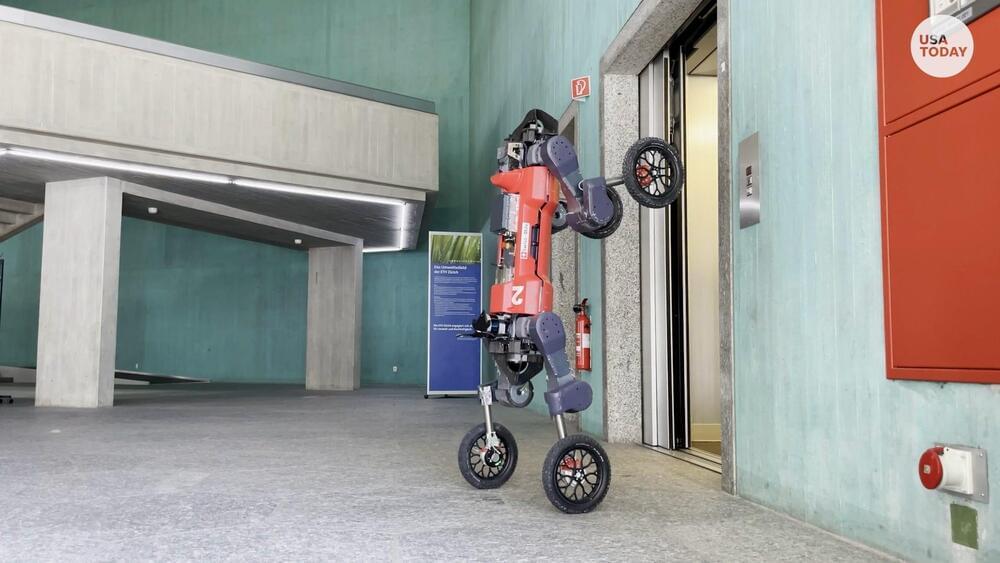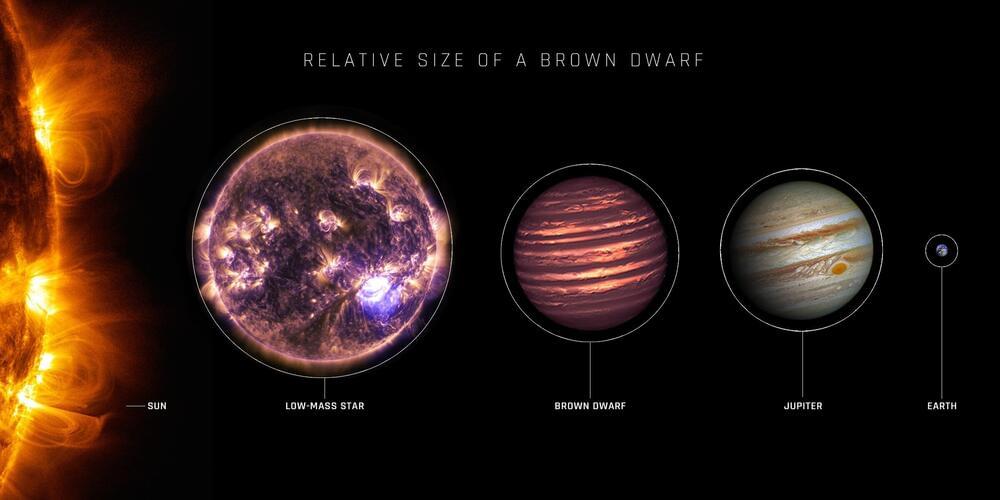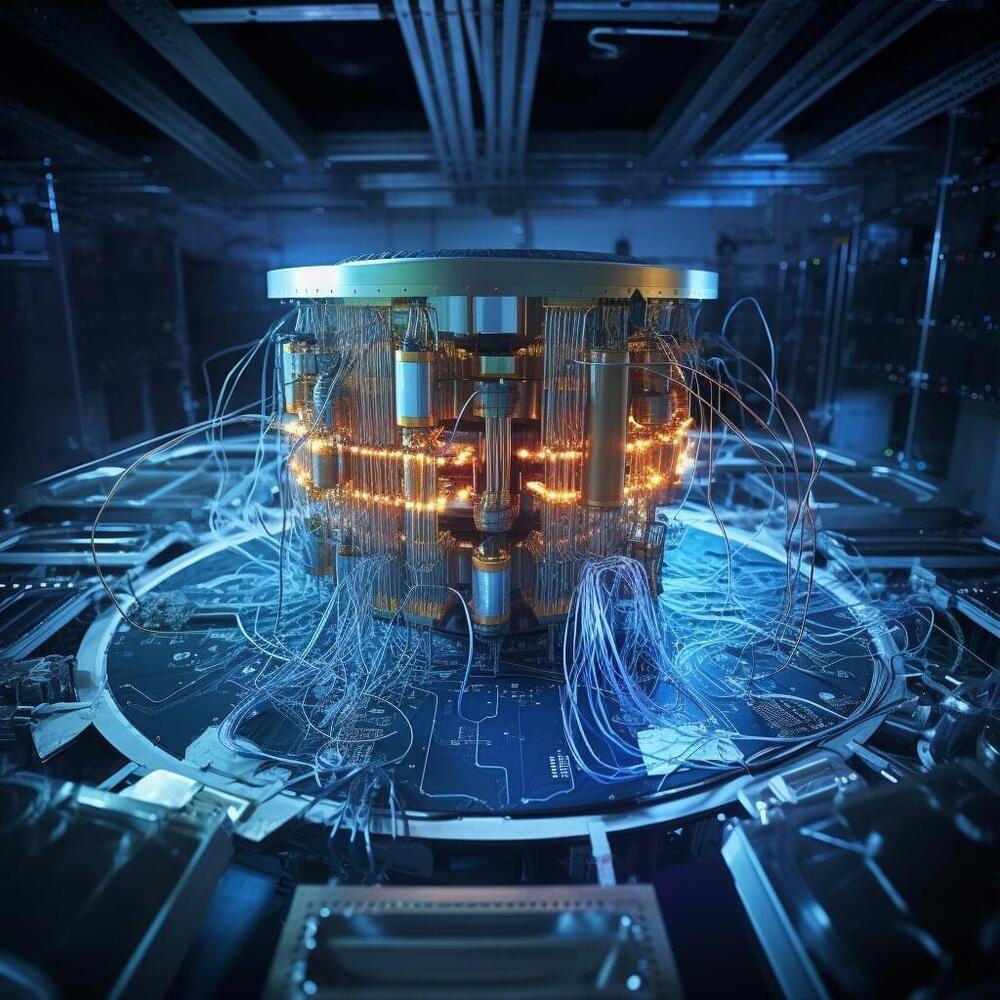New glasses use sonar sensing technology and AI to allow users to control devices via silent, mouthed commands.
Get the latest international news and world events from around the world.

7.2-magnitude earthquake strikes near Alaska Peninsula, prompting brief tsunami warning
A powerful 7.2-magnitude earthquake struck near the Alaska Peninsula late Saturday.
Preliminary data placed the quake about 55 miles southwest of Sand Point, Alaska, the National Weather Service said. It had initially been measured at a magnitude of 7.4, the United States Geological Survey said on Twitter.
It struck at about 10:48 p.m. local time. In Kodiak, Alaska, sirens sounded late at night, according to a video posted on social media.


Challenging Conventional Wisdom: New Discovery Transforms Our Understanding of Crystals
For many, the word “crystals” conjures images of shimmering suncatchers that create a prism of rainbow colors or semi-transparent stones thought to possess healing abilities. But in the realm of science and engineering, crystals take on a more technical definition. They’re perceived as materials whose components – be it atoms, molecules, or nanoparticles –are arranged regularly in space. In other words, crystals are defined by the regular arrangement of their constituents. Familiar examples include diamonds, table salt, and sugar cubes.

Astronomers identify the coldest star yet that emits radio waves
Astronomers at the University of Sydney have shown that a small, faint star is the coldest on record to produce emission at radio wavelength.
The ‘ultracool brown dwarf’ examined in the study is a ball of gas simmering at about 425 degrees centigrade—cooler than a typical campfire—without burning nuclear fuel.
By contrast, the surface temperature of the sun, a nuclear inferno, is about 5,600 degrees.

Actors say Hollywood studios want their AI replicas — for free, forever
During today’s press conference in which Hollywood actors confirmed that they were going on strike, Duncan Crabtree-Ireland, SAG-AFTRA’s chief negotiator, revealed a proposal from Hollywood studios that sounds ripped right out of a Black Mirror episode.
In a statement about the strike, the Alliance of Motion Picture and Television Producers (AMPTP) said that its proposal included “a groundbreaking AI proposal that protects actors’ digital likenesses for SAG-AFTRA members.”

Researchers demonstrate the power of quantum computing in drug design
Gero, an AI-driven biotech focused on aging and longevity, has demonstrated the feasibility of applying quantum computing for drug design and generative chemistry, which now offers significant promise for the future of healthcare. The research, published in Scientific Reports, outlines how a hybrid quantum-classical machine-learning model was used to interface between classical and quantum computational devices with the goal of generating novel chemical structures for potential drugs—an industry first.
The research paper follows in the wake of recent advancements from Gero, which sparked vigorous discussion among longevity experts in the scientific community when a story was published in Popular Mechanics that asserted humans can stop—but not fully reverse—aging. Earlier this year, Gero announced a target discovery deal with Pfizer, whereby Gero’s machine-learning technology platform is being applied to discover potential therapeutic targets for fibrotic diseases using large-scale human data.
In this new line of research, the team explored whether a hybrid generative AI system—a deep neural network working in conjunction with commercially available quantum hardware—could suggest unique chemical structures that are synthetically feasible and possess drug-like properties.

Machine learning-based guilt detection in text
We introduce a novel Natural Language Processing (NLP) task called guilt detection, which focuses on detecting guilt in text. We identify guilt as a complex and vital emotion that has not been previously studied in NLP, and we aim to provide a more fine-grained analysis of it. To address the lack of publicly available corpora for guilt detection, we created VIC, a dataset containing 4,622 texts from three existing emotion detection datasets that we binarized into guilt and no-guilt classes. We experimented with traditional machine learning methods using bag-of-words and term frequency-inverse document frequency features, achieving a 72% f1 score with the highest-performing model. Our study provides a first step towards understanding guilt in text and opens the door for future research in this area.

Quantifying Biological Age: Blood Test #4 In 2023
Join us on Patreon! https://www.patreon.com/MichaelLustgartenPhD
Discount Links:
NAD+ Quantification: https://www.jinfiniti.com/intracellular-nad-test/
Use Code: ConquerAging At Checkout.
Epigenetic Testing: https://trudiagnostic.com/?irclickid=U-s3Ii2r7xyIU-LSYLyQdQ6…M0&irgwc=1
Use Code: CONQUERAGING
At-Home Metabolomics: https://www.iollo.com?ref=michael-lustgarten.
Use Code: CONQUERAGING At Checkout.
At-Home Blood Testing: https://getquantify.io/mlustgarten.
Oral Microbiome: https://www.bristlehealth.com/?ref=michaellustgarten.